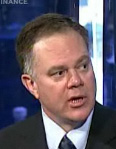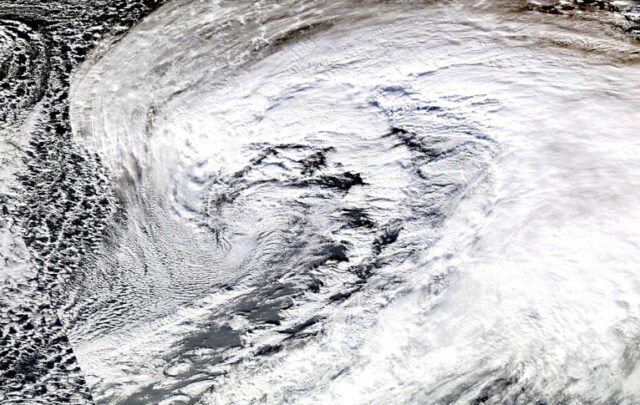[This episode has been released ahead of schedule to coincide with the publication of the paper it covers. Enjoy! –Ed.]
Is it really feasible to run the world on 100% renewables, including supply and demand matching at all times and places? Would doing so require vast amounts of seasonal storage? Are exotic new technologies like next-generation flexible nuclear power plants or coal plants equipped with carbon capture and storage (CCS) equipment needed to balance out variable renewables at a reasonable cost?
In this episode, Dr. Christopher Clack offers a very detailed, deep critique of the 100% wind, water and solar model proposed by Stanford’s Mark Jacobson in 2015, and explains where the model falls short. We also discuss a recent paper by Jesse Jenkins from MIT and Samuel Thernstrom from the Energy Innovation Reform Project, which reviewed some recent papers on what “deep decarbonization” might imply for our future energy mix. This 90-minute, super-wonky chat over a few pints of IPA is guaranteed to leave you reeling…and hopefully, more informed about the best policy pathways to a mostly renewable future.
Geek rating: 9
Guest: Dr. Christopher Clack is the founder of Vibrant Clean Energy, LLC, a software and services company that focuses on optimization techniques and renewable energy integration into the electricity grid. Dr. Clack was previously a research scientist for the Cooperative Institute for Research in Environmental Sciences (CIRES) at the University of Colorado Boulder working with the Earth System Research Laboratory (ESRL) NOAA for half a decade, leading the development of the NEWS simulator. Dr. Clack received his first class BSc (Hons) in mathematics and statistics for the University of Manchester in the UK. He then went on to research applied mathematics and plasma physics at the University of Sheffield in the UK. During his PhD, Dr. Clack completed an area of study centered on nonlinear resonance theory within the framework of magnetohydrodynamics (MHD) that remained unsolved for twenty years. The theories derived have helped our understanding of the Sun as well as possibilities for fusion reactors, such as ITER.
On Twitter: @clacky007
On the Web: Vibrant Clean Energy
Recording date: May 12, 2017
Air date: June 19, 2017 (Originally scheduled for June 28, 2017)






